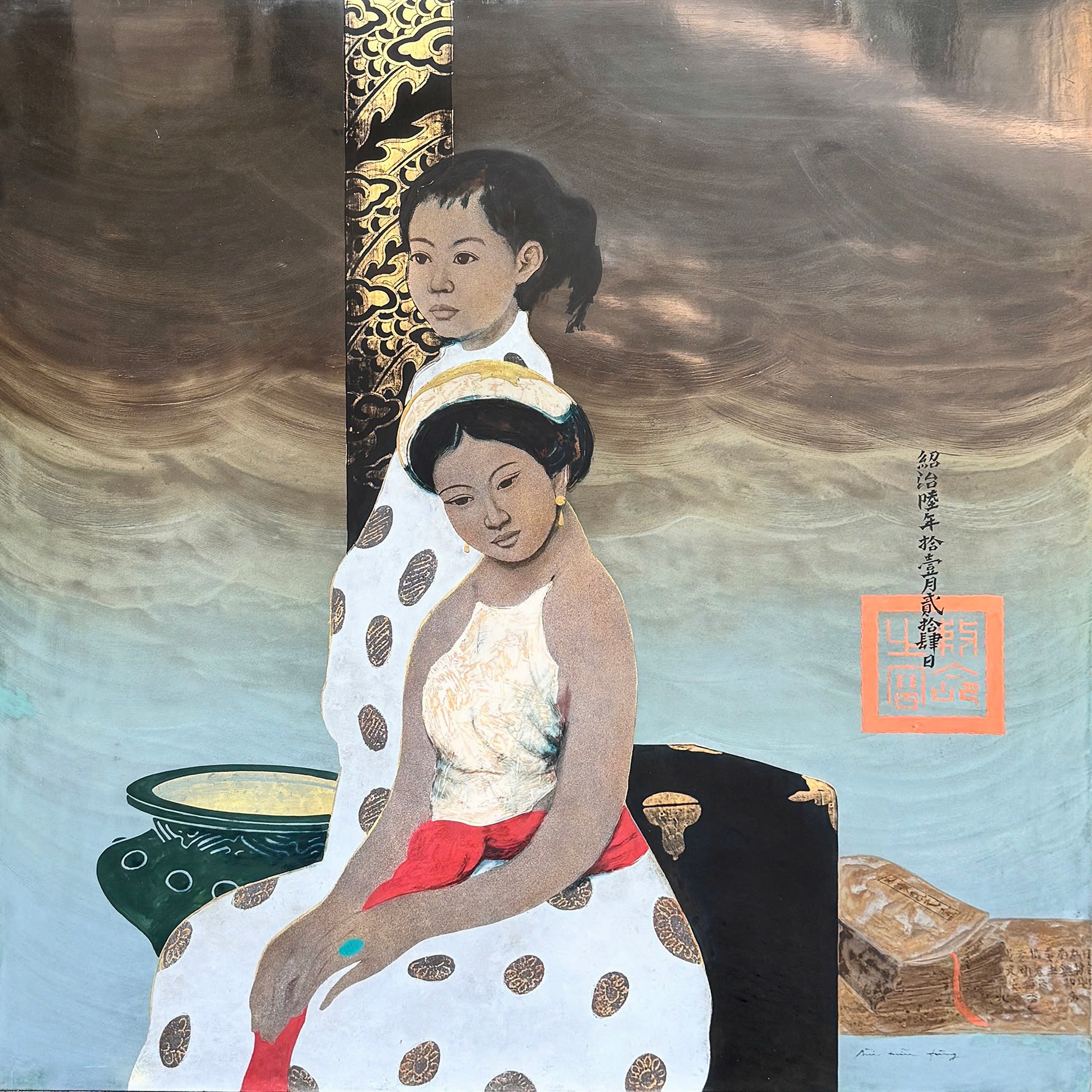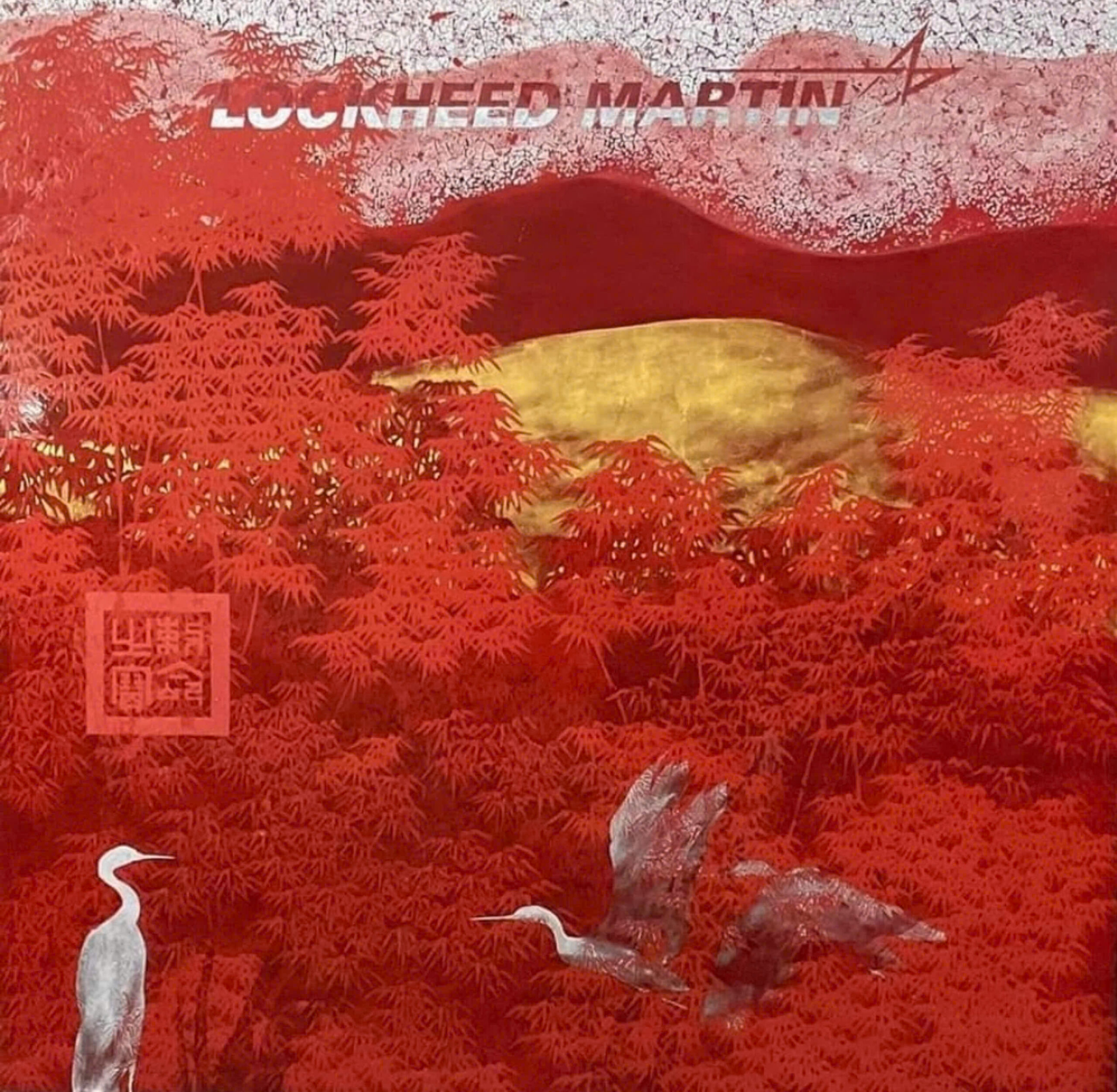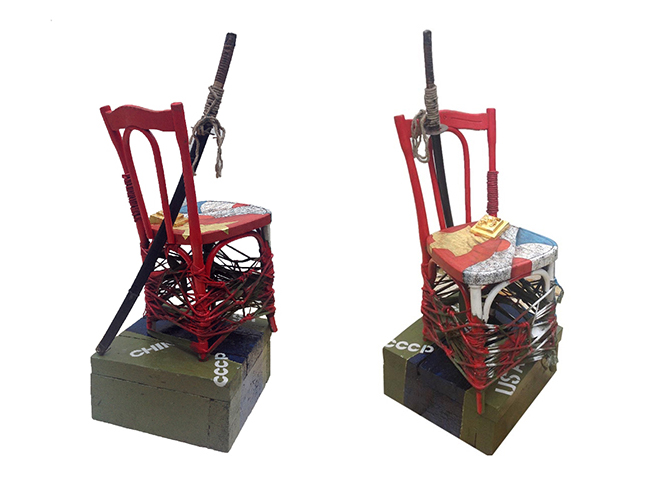However, even before the French influence in Vietnam existed, the people of this country maintained their own artistic identity. Unlike most Asian societies that followed the lead of China, Vietnam did not adopt the Chinese traditional style of painting that was mainly the expression of a closed, feudal society. Rather they adopted the style of European painting, which was the expression of a developed and free society; the techniques were based on scientific reasoning and perspectives, which were easily taught and learned. But instead of imitating exactly their European influences, the Vietnamese have created their own definitive style; a combination of Western medium and Eastern thought.
The Ecole des Beaux-Art de l’Indochine continued to hold the domination of artistic culture in Vietnam until its closure after World War II in 1945 with the French loss of Indochina. In 1946 it reopened as the Hanoi University of Fine Art under the strict guidance of the communist party. It was used primarily as a tool to further political ideology, a school of “social realism”. Artistic expression was curved to only what was deemed acceptable by the government. This sent some artists fleeing the country and others underground to continue their work in secrecy. The ensuing twenty years of warfare, first with the French trying to recapture control and then the U.S. involvement tore the country apart and left the artist in a perilous state. It was not until 1975 that peace was finally attained with a socialist victory. Ten years of international isolation followed, during which time the public art culture suffered immensely. However, an intricate network of artists and writers was flourishing beneath the surface.
In the mid-eighties, the government began the DOI MOI policy of renovation which once again allowed public artistic expression. So that by the end of the 1980’s Vietnamese art had undergone all the changes and currents of Modern Art. Historic and cultural involvement is vitally important to Vietnamese painters today. There is excitement and experimentation among the artists who feel liberated confident. Their work celebrates modern life with an optimism that has both reverence and sentiment for the past. These artists of the post-DOI MOI period are tied neither to the French influence (of the Ecole des Beaux-Arts de l’Indochine) nor to the communist era alternative to social realism (“the Art of the village”). Their work reflects the changing face of Vietnam today. The rapid economic development during the last ten years has created many contradictions in the Vietnamese lifestyle. The widening gulf between the newly prosperous and the struggling poor has led much Vietnamese back to their faith and religious practices. The reemergence of Buddhism with its message of awareness and compassion has infiltrated and grown among the young urban population in Vietnam, which is reflected in the themes and tones of contemporary art culture.
Lacquer painting
Vietnamese lacquer art is an ancient craft that combines the creative genius of the artist with the exacting skill of the craftsman. This time-honored art requires several months to complete. Unlike other media, lacquer is a laborious and painstaking process requiring endurance and technical skill. The unique aesthetic of the fines lacquer art is its sensuous plate shape, created by well-known Vietnamese artists.
The process
The subtle round shape of the plate is created from thin layers of silk cloth bound together in a special mold. After the silk has hardened, it is separated from the mold and given successive coatings of lacquer. The lacquer is built up in thin layers until the artist is satisfied, then the polishing and drying process begins. Fine sandpaper is used to polish the plate to a beautiful sheen, which is then placed in a drying chamber. The polishing and drying process is repeated at least ten times and an additional five times on the side of the image. After this extensive preparation, the artist paints the subject and then appliques gold leaf, silver leaf, and/or eggshell onto the painting. As the artist continues to develop the art piece, the polishing and drying are repeated several times.
The artist finishes his masterpiece by polishing the surface of the plate with the bare palm of his hand.





